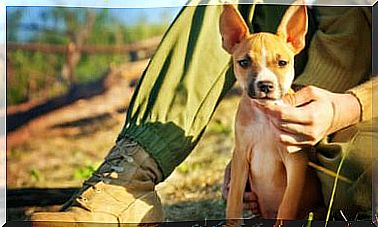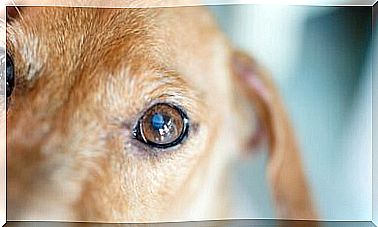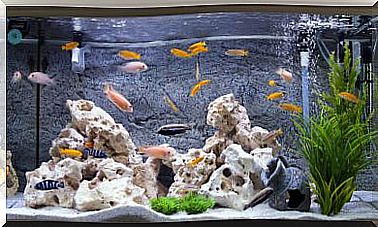What Are Ovoviviparous Animals?
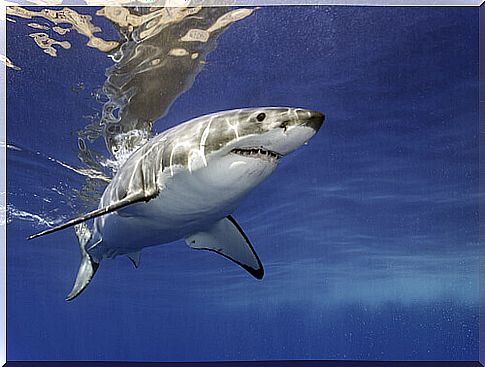
Nature presents different types of embryonic development: oviparous, viviparous and ovoviviparous. Ovoviviparous animals are those that share traits of both oviparous and viviparous animals.
Definition of ovoviviparous animals
Ovoviviparous animals share both oviparous and viviparous traits. It can be defined as “the form of reproduction in which the eggs develop inside the mother without additional nutrition from the mother; they hatch inside it or immediately after leaving it, with which the young are born alive ”.
The etymological origin of this word comes from Latin and is the union of: ovo or ‘egg’, vivus or ‘alive’ and parere or ‘give birth’.
Characteristics of ovoviviparous animals
Therefore, ovoviparicity consists of individuals laying eggs, but these remain inside the female. Once the embryo is developed, there are two options:
- The female lays the eggs and they hatch immediately after laying.
- Hatching occurs before parturition. The young are born directly from the mother.
It can be said, then, that animals that have this type of embryonic development carry out an intermediate process to the other two. Thus, ovoviviparism is a mix between viviparicity and ovoparicity.
The characteristics that identify ovoviparicity are the following:
- If there is internal fertilization.
- The young are born alive and fully developed.
- There is no placental connection between the mother and the young.
- In some cases, the nutritional contribution of the embryos can come only from the yolk sac of the egg (generally). In others, no.
Within ovoviviparism, two groups are differentiated, depending on the nutrition that the embryos receive. Aplacental viviparism is how ovoviviparous animals are defined.
Aplacental viviparism is one in which the embryos remain in the maternal uterus but do not receive any nutritional contribution or have a placental connection with the mother. Two forms of embryonic development are distinguished: matrotrophy or lecithotrophy.
The matrotrophic species deplete the nutritional supply and, to continue to develop, they obtain the nutrients from various sources. They can get them from other eggs (oophagia), from other embryos (intrauterine cannibalism), or they can show analogous specialization from a placenta.
Examples of ovoviviparous animals
Most of the animals that make up the oviviparous list are invertebrate animals. However, some vertebrate animals, such as reptiles, fish or sharks, also show this type of embryonic development.
Invertebrates
Within the invertebrates there are different ovoviviparous species. One of the quintessential model animals in research laboratories is the genus Drosophila , which includes the fruit fly.

Drosophila sechellia is an example of an ovoviviparous invertebrate of the order Diptera. Another group of invertebrates in which ovoviviparism can be found are the gastropods.
Fish: seahorses
Seahorses are ovoviviparous marine vertebrates. Specifically, they are fish belonging to the genus Hippocampus . These monogamous animals are known because the males are the ones who carry the fertilized eggs.
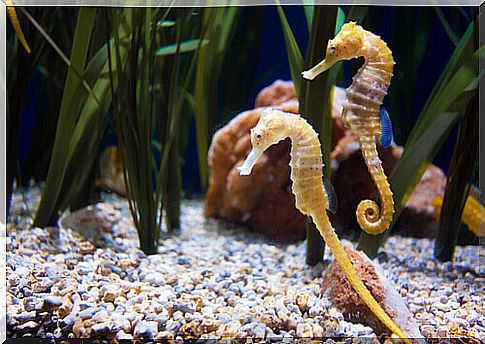
The gestation period lasts approximately between ten days and six weeks, depending on the species. Once finished, the male releases around 200 to 300 young over several hours.
Teleosts: sharks
Certain species of sharks, such as the bull shark (Carcharias taurus) , are ovoviviparous animals. Although the lecithotrophic strategy is the one that has been observed mostly in sharks, the bull shark is an exception.
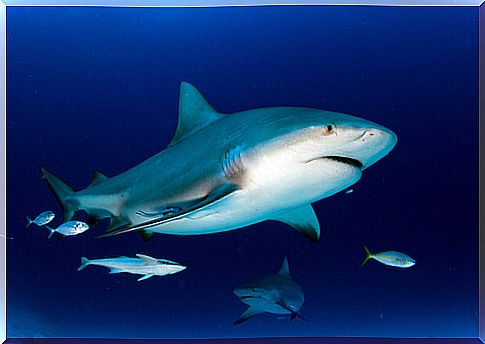
The bull shark is one of the three most dangerous species of shark, along with the tiger shark and the white shark. And it is that all these are considered like the species with greater probability of attacking the man.
Bull shark offspring perform intrauterine cannibalism, making it a matotrophic species. Inside the womb, the largest embryo devours all of its siblings and leaves only one alive. Therefore, in the end only two young are born.
Reptiles
Within reptiles, ovoviviparism manifests itself in different groups. Some species of vipers and snakes, such as the anaconda, the chameleon or the Surinam toad, as the only species of toads.
Only some species of the Chamaeleonidae family are ovoviviparous. Among them are the hoofed chameleon ( Trioceros hoehnelii ), the chameleon Trioceros jacksonii and the chameleon Trioceros hoehnelii .
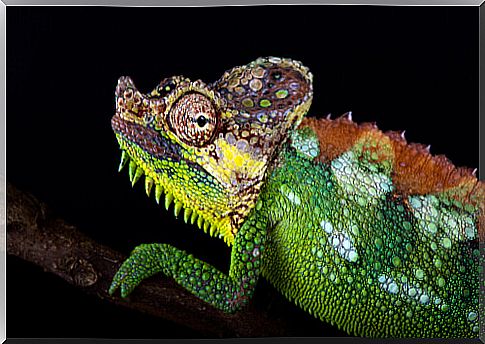
It can be concluded that ovoviviparous animals are those that present an embryonic development that includes viviparous and oviparous characteristics. Within nature, there are different examples of ovoviviparism, each with its own peculiarities.
